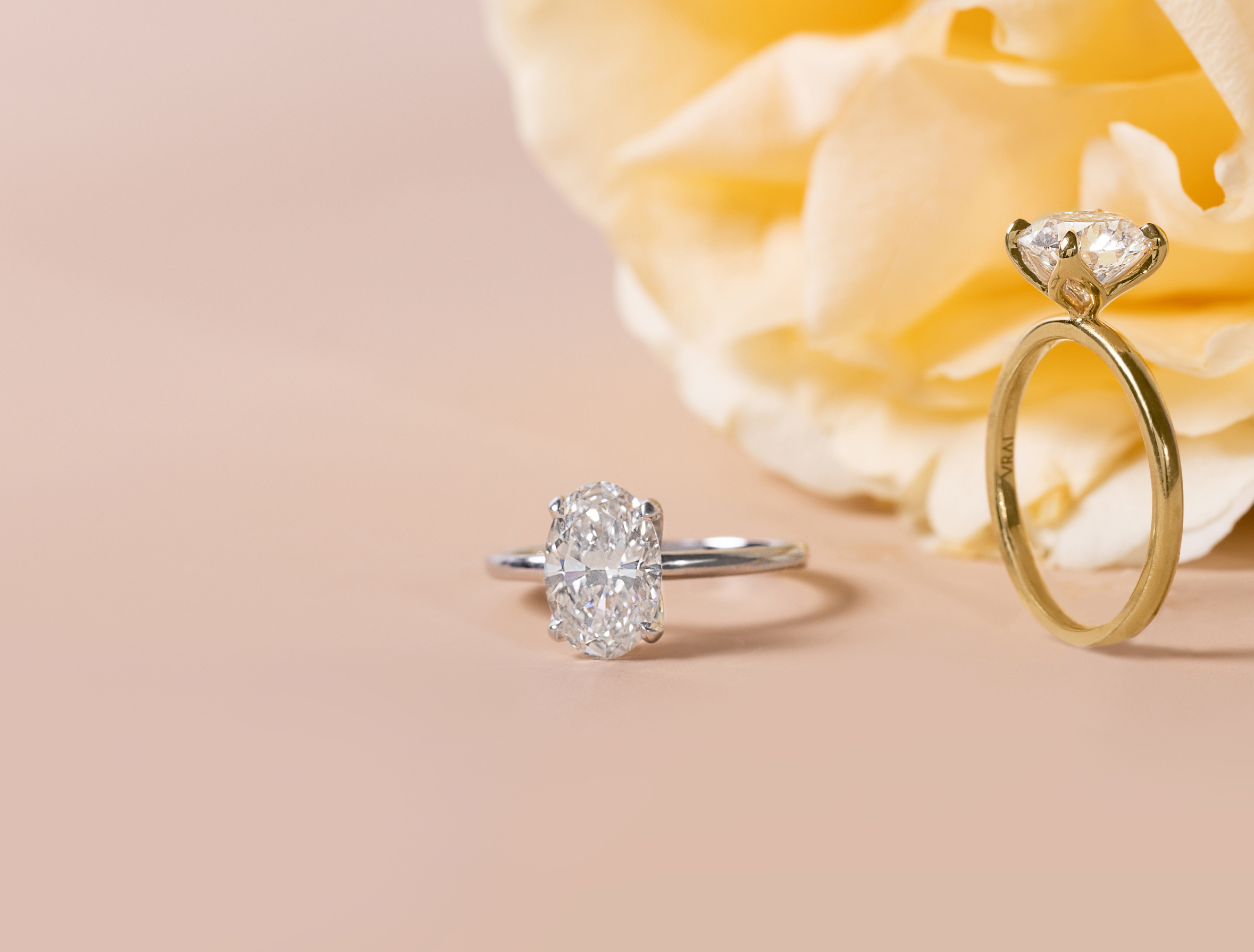
lab grown diamonds have taken the jewelry world by storm, offering a more sustainable and affordable alternative to natural diamonds. These exquisite gems, also known as man made diamonds, are cherished for their eco-friendliness and remarkable beauty. When it comes to setting lab-grown diamond rings, the choice of claws plays a pivotal role in both aesthetics and security. In this article, we delve into the significance of claws for lab-grown diamond rings, exploring the various styles and considerations that make them a vital aspect of your jewelry selection.
Claws for Lab Grown Diamond Rings: Aesthetic Appeal
The claws, also referred to as prongs, are the small metal pieces that grip the diamond securely within the ring setting. Beyond their functional role, claws contribute significantly to the overall visual appeal of the ring. Here’s how they do it:
Enhancing Sparkle: Claws elevate the brilliance of lab grown diamonds by allowing maximum light to enter and reflect within the gem. This results in a captivating play of light that makes your ring dazzle.
Accentuating Size: Well-placed claws can create an illusion of a larger diamond. This optical effect can make your lab-grown diamond appear even more impressive.
Customization: The number and style of claws can be customized to suit your preferences. Whether you prefer a classic solitaire setting or a more intricate design, the choice of claws can make it uniquely yours.
Security for Your Precious Gem
While aesthetics are vital, the primary function of claws is to securely hold the lab-grown diamond in place. Here’s how they ensure the safety of your precious gem:
Preventing Loss: A ring without claws is susceptible to the diamond becoming loose or falling out. Claws act as a protective barrier, reducing the risk of loss.
Maintaining Position: Claws keep the diamond firmly in its intended position. This ensures that the gem remains centered and aligned, maintaining the overall symmetry of the ring.
Claw Styles for Lab Grown Diamond Rings
Now that we understand the importance of claws, let’s explore the various styles that are commonly used for lab-grown diamond rings:
Four-Prong Setting: This classic style features four evenly spaced claws that hold the diamond securely at its corners. It offers a timeless and elegant look, allowing maximum light exposure.
Six-Prong Setting: Similar to the four-prong setting, the six-prong setting provides excellent security while adding a touch of intricacy. It’s an ideal choice for those seeking a balance between security and aesthetics.
Bezel Setting: In this style, a metal rim encircles the lab-grown diamond, holding it securely in place. Bezel settings offer exceptional protection and a contemporary appearance.
Tension Setting: Tension settings create the illusion that the diamond is suspended in the air, held by the pressure of the ring’s metal. This modern and minimalist style showcases the diamond’s brilliance.
Conclusion
In the world of lab grown diamonds, choosing the right claws for your ring is a decision that combines both aesthetics and practicality. Claws not only enhance the beauty of your lab-grown diamond but also ensure its safety and security. Whether you opt for a traditional four-prong setting or a unique tension setting, the choice of claws is a crucial aspect of creating a stunning and lasting piece of jewelry. So, when you’re selecting your lab-grown diamond ring, remember to consider the claws that will hold your precious gem in place for a lifetime of elegance.



